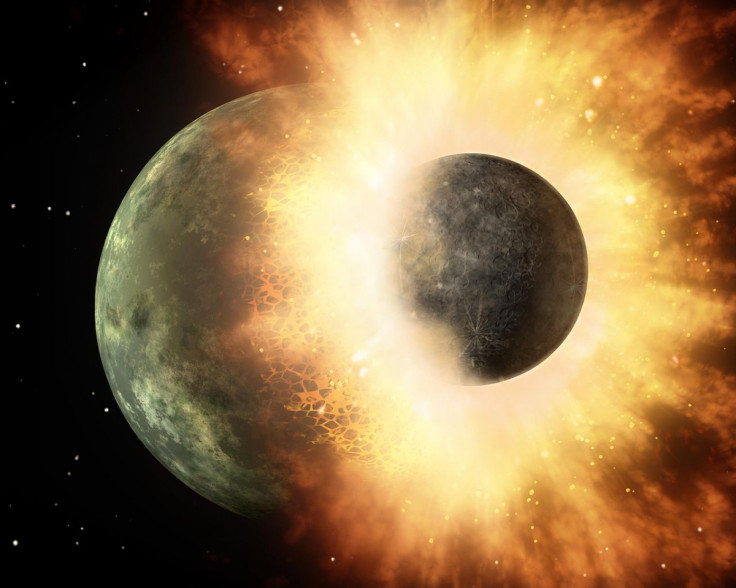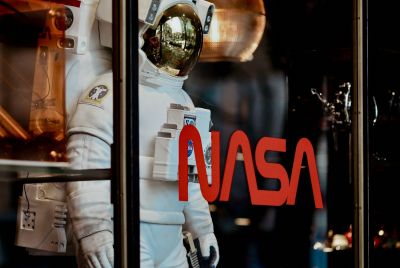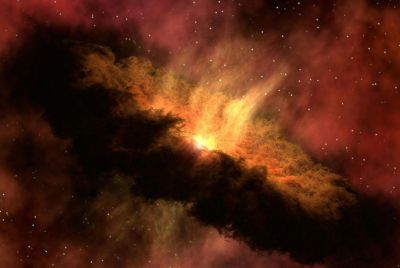'Echoes' of Ancient Earth Before Moon's Birth Discovered Within Planet's Mantle

Echoes of ancient Earth that predate the collision which gave birth to the moon are believed to have been discovered by scientists in the US.
Presenting their findings at the Goldschmidt conference in Sacramento, California, scientists say they have found echoes hidden deep within Earth's mantle.
Scientists currently believe the Moon was formed around 4.5 billion years ago when Earth collided with a Mars-sized mass known as Theia.
This theory suggests that the heat generated by the collision would have caused our planet to melt before some debris spun off to form the moon. Challenging this theory, scientists say only part of the planet melted, and echoes from before the collision can be found in an unexplained isotopic ratio within Earth's mantle.
The team looked at ratios of noble gas isotopes from deep inside Earth's mantle and compared them to isotope ratios close to the surface.
Lead researcher Sujoy Mukhopadhyay, from Harvard University, said: "The energy released by the impact between the Earth and Theia would have been huge, certainly enough to melt the whole planet. But we believe that the impact energy was not evenly distributed throughout the ancient Earth.

"This means that a major part of the impacted hemisphere would probably have been completely vaporised, but the opposite hemisphere would have been partly shielded, and would not have undergone complete melting."
Findings showed that the ratios from the surface were much higher than the equivalent in the deep mantle, suggesting the impact did not completely mix the mantle leading to a "whole mantle magma ocean".
"The geochemistry indicates that there are differences between the noble gas isotope ratios in different parts of the Earth, and these need to be explained. The idea that a very disruptive collision of the Earth with another planet-sized body, the biggest event in Earth's geological history, did not completely melt and homogenise the Earth challenges some of our notions on planet formation and the energetics of giant impacts. If the theory is proven correct, then we may be seeing echoes of the ancient Earth, from a time before the collision".
Richard Carlson, former president of the Geochemical Society, commented on the study: "This exciting result is adding to the observational evidence that important aspects of Earth's composition were established during the violent birth of the planet and is providing a new look at the physical processes by which this can occur."
© Copyright IBTimes 2025. All rights reserved.

















